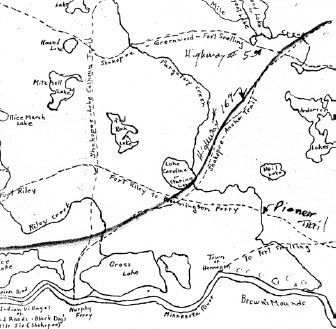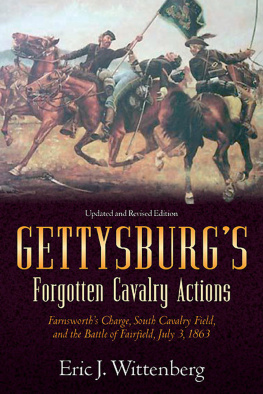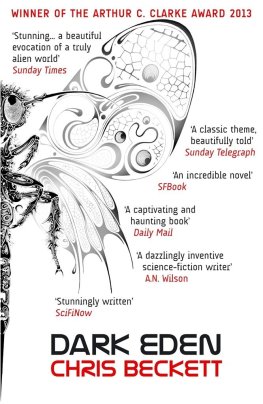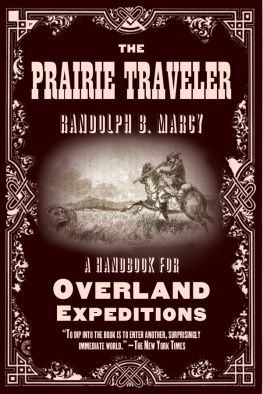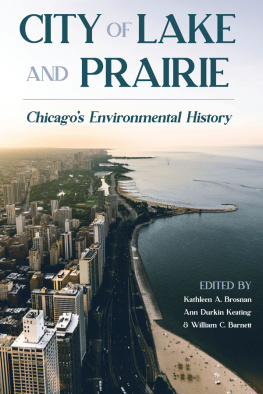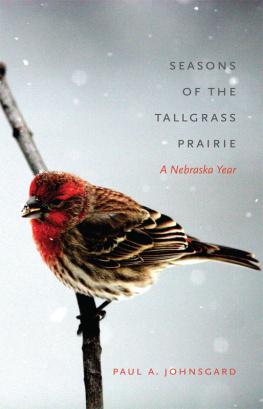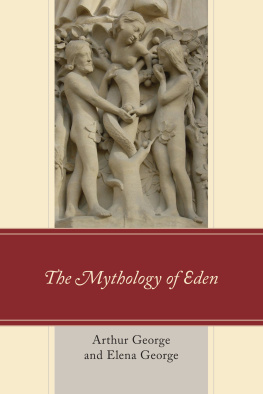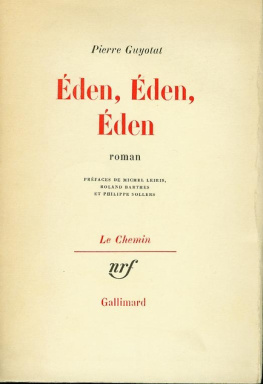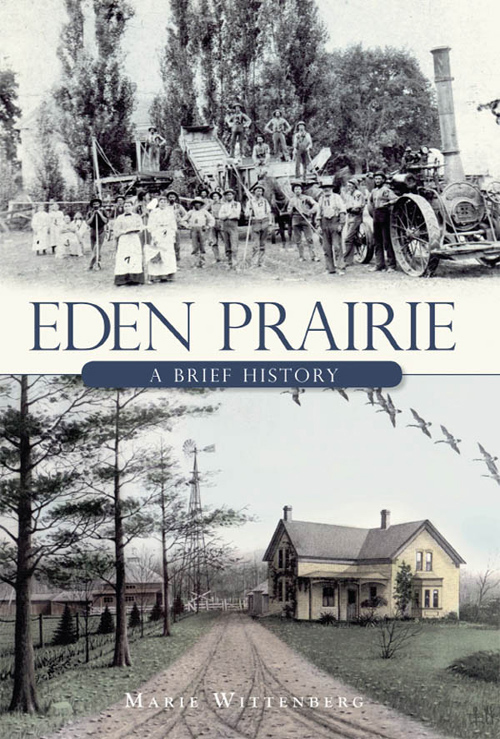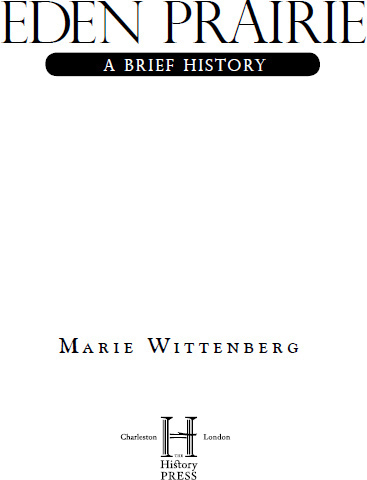
Published by The History Press
Charleston, SC 29403
www.historypress.net
Copyright 2010 by Marie Berger Wittenberg
All rights reserved
Corn maze photo on cover by Erdahl Aerial Photos.
All images courtesy of the Eden Prairie Historical Society and the Minnesota Historical Society, or in public domain.
First published 2010
e-book edition 2011
ISBN 978.1.61423.256.8
Wittenberg, Marie C.
Eden Prairie : a brief history / Marie Berger Wittenberg.
p. cm.
Includes bibliographical references.
print edition ISBN 978-1-59629-941-2
1. Eden Prairie (Minn.)--History. 2. Eden Prairie (Minn.)--Social life and customs. 3. Eden Prairie (Minn.)--Buildings, structures, etc. 4. Eden Prairie (Minn.)--Biography. I. Title.
F614.E34W58 2010
977.657--dc22
2010044998
Notice: The information in this book is true and complete to the best of our knowledge. It is offered without guarantee on the part of the author or The History Press. The author and The History Press disclaim all liability in connection with the use of this book.
This book of our Eden Prairie history is dedicated to my grandchildren: Adana Wolfe, Olivia Hules and Matthew, Christopher and Jeffrey Stensrud. I hope that they will get to like history as much as I have. Remember, how can you possibly appreciate the present if you have no understanding of the past?
F OREWORD
In my many years with the City of Eden Prairie, Ive seen a tremendous amount of growth and change and have been very fortunate to be a part of the planning and development of this wonderful community. Although there have been many highlights in my career, I would have to say that the citys recent recognition from Money magazine for being the best place to live in America is certainly one of the most rewarding. I dont mean to insinuate that I had much to do with this recognition, because my contributions were minimal. However, I have had the privilege of knowing and working with many great people who, in countless ways, have contributed to making Eden Prairie a place that is now recognized nationally for its great quality of life. Of course there are scores of people who have made important contributions to this community who have passed and whom I never knew, and still there are many others who continue to make significant contributions and whom I will never meet. However, if all of the names could be listed, they would likely fill the better part of this book.
But my hat does go off to people like the farmers and residents of the little village of Eden Prairie who more than forty years ago had the foresight and good sense to prepare and adopt a master plan for this city. And to all of the mayors, city council members and staff who over the years stayed committed to making Eden Prairie a first-rate suburban community. And to all of the other city board and commission volunteers who gave countless hours of their time to make this a better place. And to the civic organizations, church and faith-based leaders, teachers, students, business leaders, youth athletic volunteers, coaches, volunteers, seniors, immigrants and many other residents who in their own ways have helped create a great sense of community in Eden Prairie. And to the developers, architects, engineers and builders who helped shape Eden Prairies physical landscape. And to the historical society and all of the people who volunteer their time to help preserve and share Eden Prairies past. And, of course, a very special hats off to the author of this fine book, who has for most of her life been steadfast in her commitment to preserving and celebrating Eden Prairies past.
Ive always known Eden Prairie was a special place. I knew it as a kid growing up here in the 60s and 70s and still know it today as I raise my own family in Eden Prairie. Three of my five brothers know it too, and thats why they chose to move back here to raise their own families. And now with this recent Money magazine recognition, many around the country know it as well!
A lot has changed in Eden Prairie since I was a kid. Today it is nearly fully developed and has a lot more people and an abundance of parks, trails, schools, stores, restaurants and office parks. But as far as I can tell, the things that really matter the most have not changed at allEden Prairie continues to attract quality people, it has a great sense of community and its residents, like me, are extremely proud to call it home.
Congratulations, Eden Prairie, on being recognized by Money magazine as the best place to live in America!
David Lindahl
Economic Development Manager, City of Eden Prairie
A CKNOWLEDGEMENTS
Last year I received a call from The History Press in South Carolina regarding doing another book on Eden Prairies history. This happened at just the right time, as I have always thought that we needed a complete, comprehensive, inclusive history handbook that would answer, as much as possible, the questions I have been asked over the years. After many, many hours, I think this is it! Read and enjoy!
My special thanks to all who contributed to this book. Most especially, thanks to all of you Eden Prairieites for your pictures and stories; my niece and forever friend, Betsy, and her husband, Justin Larkin, for the great picture work; and my new friend, Carolyn OBrien, for her endless hours at the computer. Truly, this would not have been completed without you.
Introduction
E DEN P RAIRIE B EGINNINGS
The Mdewakanton Sioux signed a treaty in 1851 in which they gave up their land west of the Mississippi River. People came up the river from the south and began settling on the rich new land. Trees were cut down; log houses, barns, churches and schools were cropping up; and Eden Prairie was born, soon to be governed by a town board.
It became a farming community that included herds of cattle, fields of grain and red clover, apple orchards and berries of all kinds. This all changed in the 1960s when developers moved in and bought up the farmland for new housing and a more modern way of life.
In Minnesota historian Dr. Edward D. Neills 1872 address delivered to the Old Settlers of St. Anthony and the Pioneers of Hennepin County, he stated that whenever we witness growth (such as we have seen in Eden Prairie) we desire to know something about what it was in the beginning. In all ages men have looked back with reference to the origin of things and compared the time that was with the presentthe then with the now.
In June 1969, Helen Holden Anderson, who married Calvin of the Eden Prairie Anderson family, established the Eden Prairie Historical Society. Many of Eden Prairies residents recorded stories of their early history. Information was found in the Minnesota Historical Society and Hennepin County Historical Society. Added history is still being kept from articles in the local newspapers and publications.
For more than one hundred years, Eden Prairie was a farming community governed by a township board. This all changed in 1963 when Eden Prairie became a village and now a city. This is a story of the revolutionary changes in the lives of its people and its land. We live in the present but equally so in the past and the future. The past is simply a steppingstone to the future. We cannot ignore or separate ourselves from its importance, for without the remembrance of the past there is little appreciation of things today.
